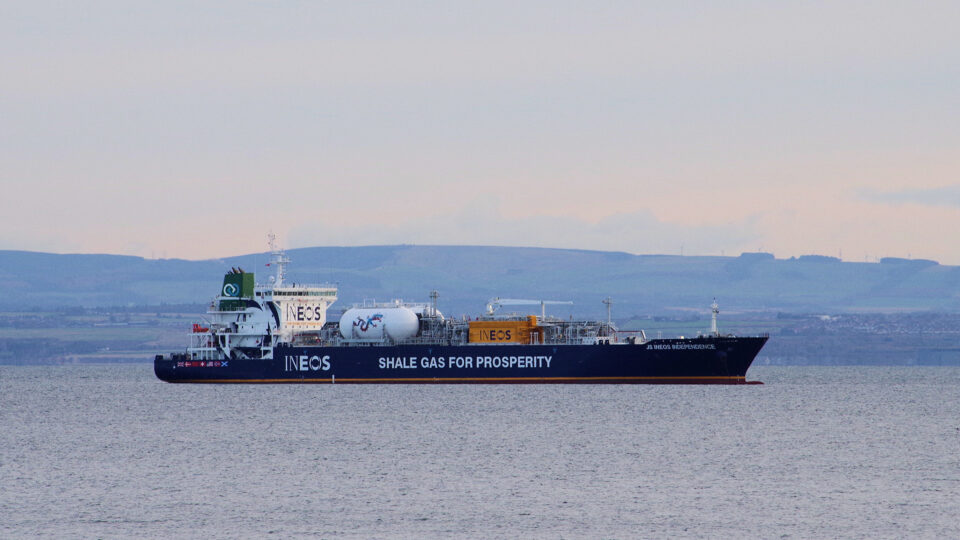According to the U.S. Department of Energy, the United States is the world’s largest producer of natural gas. In fact, natural gas supplies approximately one third of the United States’ primary energy consumption, most of which is used to heat buildings and to generate electricity. While most natural gas is delivered in its gaseous form in this country, the demand for natural gas in international markets has given rise to the use of natural gas in a liquified form.
Liquified natural gas (LNG) is natural gas that has been cooled to a liquid state, at about -260° Fahrenheit, for easier storage and transportation. The volume of natural gas in its liquid state is about 600 times smaller than its volume in its gaseous state, which makes it possible to transport it to places pipelines do not reach.
Liquified natural gas is considered a clean fossil fuel because burning it produces less emissions than coal and oil. However, according to a new study by researchers from Cornell University, LNG imported from the U.S. actually has a larger climate impact than any other fossil fuel—including coal – once processing and shipping are taken into account.
The study, which was recently published in the journal Energy Science & Engineering, found that LNG leaves a greenhouse gas footprint that is 33% worse than coal when emissions are analyzed over a 20-year time frame.
According to the research team, there is no need for LNG as an interim energy source because the transition requires massive infrastructure expenditures. Instead, those financial resources should be used to “build a fossil-fuel-free future as rapidly as possible.”
**********
Web Links
Liquefied natural gas carbon footprint is worse than coal
Photo, posted November 17, 2017, courtesy of Colin Baird via Flickr.
Earth Wise is a production of WAMC Northeast Public Radio

